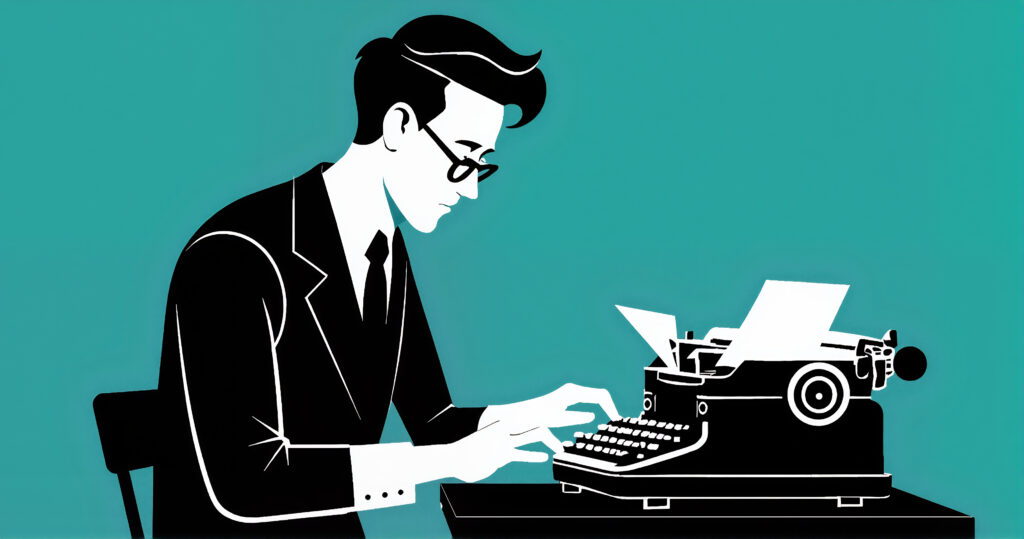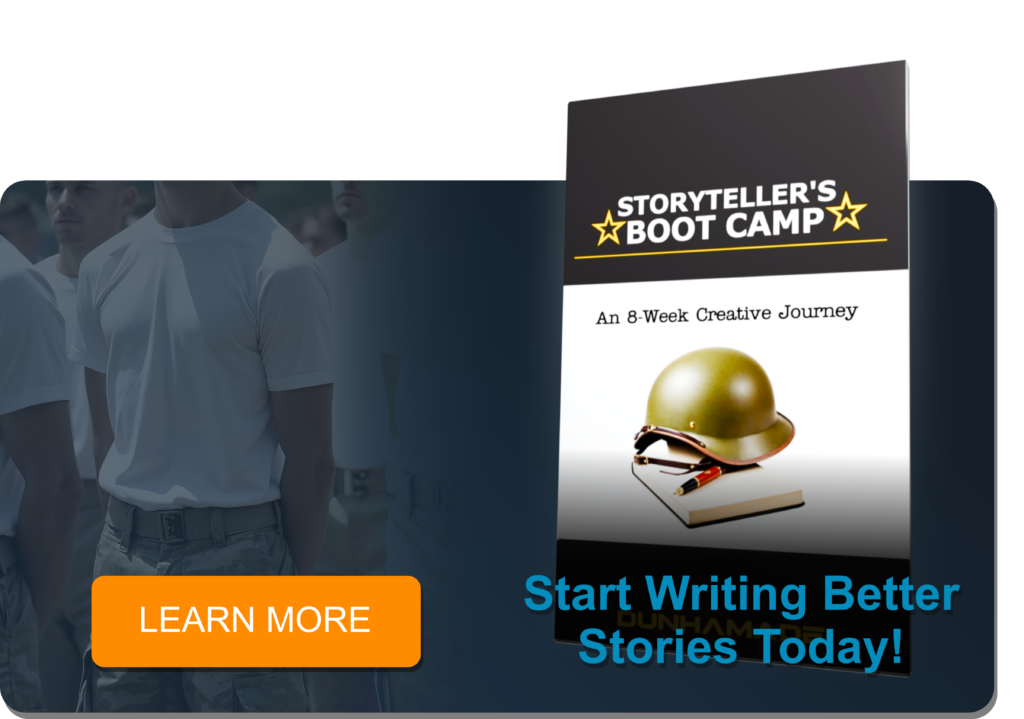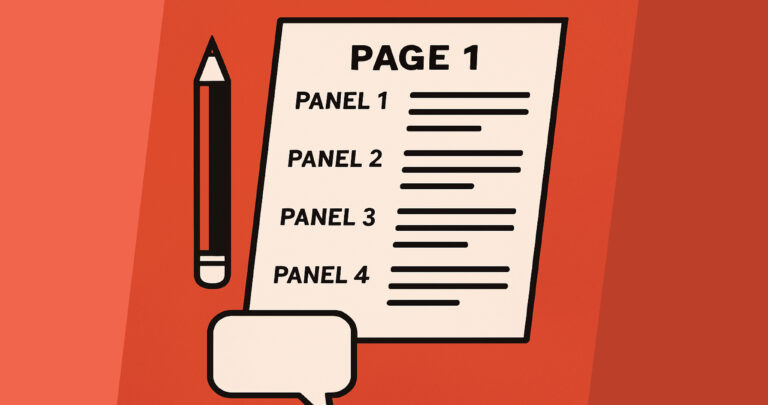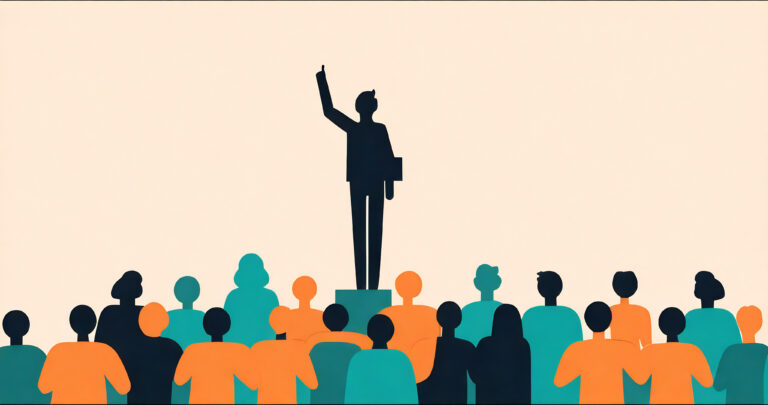Literary devices are the tools that can change your storytelling from good to great. Whether you’re writing fiction, poetry, or nonfiction, literary devices help you craft compelling stories, sensory images, and powerful emotional resonances. They help readers resonate with your writing on a deeper level, and that makes them remember it better. In this ultimate guide, we will cover all major literary devices, along with examples, categories, and descriptions. Let’s explore the realm of each literary device and see how they can make your writing shine!

What Is a Literary Device?
A literary device is a technique that authors use to add artistry, feeling, or depth to what they write. Literary devices range from simple tools like repetition to complicated tools like allegory. Unlike literary elements, which are the building blocks of a narrative (like plot, character, and setting), literary devices are additional strategies that authors can use to add depth to storytelling. Authors use literary devices to make a splash, to add layers, and to pull readers into their world.
Literary Devices: The Core of Great Storytelling
Every great piece of literature relies on literary devices. They can evoke emotion, highlight themes, and make stories resonate. For example, foreshadowing builds suspense by hinting at what’s to come, while a metaphor breathes life into abstract ideas. By mastering these devices, you’ll unlock the ability to communicate powerful messages that resonate long after the final page.
Categories of Literary Devices
Literary devices can be grouped into categories based on their purpose. Below, we’ll explore each category and the devices within them, along with detailed explanations and examples.
Narrative Devices
Narrative devices shape the structure and pacing of a story, influencing how events are revealed and experienced.
Flashback: Reveals past events to add depth and context to characters or plot. Example: In To Kill a Mockingbird, Scout reflects on past events to understand her father’s values.
Foreshadowing: Hints at future events to build anticipation. Example: The ominous weather in Macbeth foreshadows the chaos to come.
Cliffhanger: Ends a chapter or story on a suspenseful note to keep readers engaged. Example: Serialized novels like The Hunger Games frequently use cliffhangers to maintain tension.
In Media Res: Starts the story in the middle of the action. Example: The Iliad begins during the Trojan War rather than with its origins.
Frame Story: A story within a story, offering different perspectives. Example: Wuthering Heights uses a frame narrative to present Heathcliff’s tale.
Figurative Language
Figurative language creates vivid imagery and deeper meanings, making abstract concepts relatable.
Metaphor: A direct comparison between two things, adding richness to description. Example: “All the world’s a stage” in As You Like It.
Simile: Compares two things using “like” or “as.” Example: “Her eyes shone like diamonds.”
Personification: Attributes human qualities to non-human objects. Example: “The wind howled in protest.”
Symbolism: Uses objects or actions to represent larger ideas. Example: The conch shell in Lord of the Flies symbolizes order.
Hyperbole: An exaggerated statement for dramatic effect. Example: “I’m so tired I could sleep for a century!”
Irony: Highlights contrast between expectations and reality. Example: In Oedipus Rex, dramatic irony occurs because the audience knows Oedipus’s fate before he does.
Paradox: A seemingly contradictory statement that reveals truth. Example: “Less is more.”
Oxymoron: Combines contradictory words for effect. Example: “Bittersweet memories.”
Sound Devices
Sound devices appeal to the ear, adding rhythm, mood, and emphasis to a text.
Alliteration: Repeats initial consonant sounds for rhythm or emphasis. Example: “Whispering winds whisked wildly.”
Assonance: Repeats vowel sounds to create harmony. Example: “The rain in Spain falls mainly on the plain.”
Onomatopoeia: Mimics natural sounds to bring scenes to life. Example: “The bees buzzed.”
Repetition: Reiterates words or phrases for emphasis. Example: “Never give up. Never surrender.”
Structural Devices
Structural devices organize and arrange the narrative to enhance impact.
Juxtaposition: Places contrasting ideas side by side for effect. Example: Dickens’s “It was the best of times; it was the worst of times.”
Parallelism: Uses similar structures to create rhythm and balance. Example: “To err is human; to forgive, divine.”
Chiasmus: Reverses the structure of phrases for a memorable effect. Example: “You forget what you want to remember, and you remember what you want to forget.”
Deus Ex Machina: Introduces an unexpected resolution to resolve conflict. Example: The giant eagles in The Lord of the Rings.
Character-Driven Devices
These devices deepen characters and explore their relationships.
Archetype: Universal character types or themes that recur in stories. Example: The Hero (Harry Potter) and The Mentor (Dumbledore).
Foil: A character who contrasts with the protagonist. Example: Draco Malfoy serves as Harry Potter’s foil.
Internal Conflict: A character’s struggle with their own thoughts or emotions. Example: Hamlet’s indecision in Shakespeare’s Hamlet.
Motif: A recurring element that reinforces a theme. Example: The recurring “eyes” motif in The Great Gatsby symbolizes perception.
Need help developing well-rounded characters? Check out our Character Development Deck, the perfect tool to spark ideas and bring your characters to life.

Rhetorical Devices
Rhetorical devices enhance persuasion and emotional appeal.
Anaphora: Repeats words at the beginning of successive clauses. Example: “We shall fight on the beaches. We shall fight on the landing grounds.”
Epistrophe: Repeats words at the end of successive clauses. Example: “I swear to tell the truth, the whole truth, and nothing but the truth.”
Antithesis: Contrasts opposing ideas within a sentence. Example: “One small step for man, one giant leap for mankind.”
Want even more literary devices? Checkout literarydevices.net
How to Practice Using Literary Devices
To become proficient in literary devices, begin by reading them in novels and short stories. Notice how writers employ them and the impact they have. Next, exercise using them in your own writing through targeted practice. For instance, compose a scene employing foreshadowing, or a poem with abundant alliteration. Lastly, edit your work so that every device enhances the story.
Literary devices are the writer’s best buddy. They add texture, depth, and meaning to your work, and help you connect with the reader on a deep level. With these devices in your arsenal, not only will your story be enhanced but you will also gain new ways of expression to continue expressing yourself truly.








